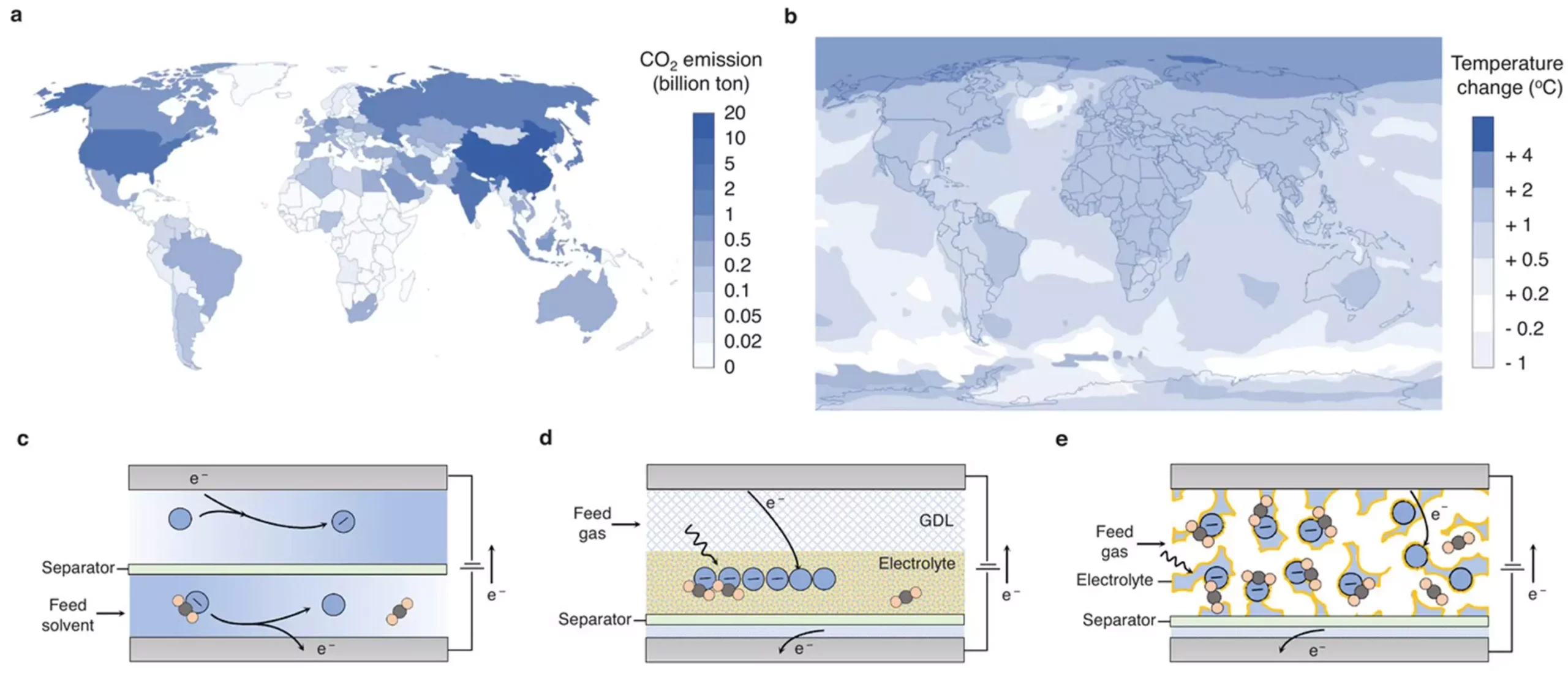Recent advancements in the field of climate change mitigation have led to the creation of a groundbreaking new material that promises to transform how we capture carbon dioxide (CO2). The research, detailed in the journal *Advanced Materials*, introduces porous polymeric electrodes (PPEs) that significantly boost the efficiency of CO2 removal from low-concentration sources, a critical area for improving our climate response strategies. Spearheaded by Professor T. Alan Hatton and his team, this innovation addresses key challenges in existing carbon capture technologies.
The newly developed PPEs are crafted from a unique synthesis of widely available materials. By using melamine foam coated with polyvinyl alcohol, enriched with carbon nanotubes and quinone molecules, the researchers have successfully created a material that enhances both gas transport and CO2 interaction. This innovative construction allows for a higher rate of gas capture, making it more effective compared to legacy carbon capture systems. The structural intricacies of the material enable it to achieve an impressive utilization of up to 90% of the active capture material during the CO2 absorption process.
This novel carbon capture technology is not just theoretically promising but also demonstrates remarkable real-world applicability. The PPEs can capture between 30 to 80 kilograms of CO2 per cubic meter per day, depending on the concentration of CO2 present. Such a performance metric highlights a substantial improvement over traditional carbon-based electrodes, positioning the new PPEs as a crucial component in modern carbon management systems. Furthermore, durability testing shows that the electrodes maintain their high efficiency across 100 capture-release cycles, reflecting a stability particularly necessary for operations in humid conditions.
The implications of this innovation are widespread, with potential applications ranging from direct air capture to the reduction of emissions from industrial sources. The porous structure of the electrodes negates the necessity for additional gas diffusion layers, which could lead to more compact systems that also promise cost efficiencies. As the world grapples with the accelerating impacts of climate change, these advancements in carbon capture technology may prove vital in helping to achieve global net-zero emissions targets.
Even with these promising advancements, researchers recognize that further development is essential before broad-scale implementation can occur. Current endeavors focus on optimizing the performance of the PPEs for diverse operating conditions and devising methods for large-scale production. The urgency for effective carbon capture solutions, highlighted by recent Intergovernmental Panel on Climate Change (IPCC) reports, underscores the importance of such innovations in the global quest to avert climate disaster.
As governments and industry stakeholders worldwide are on the lookout for technologies to mitigate greenhouse gas emissions, the development of porous polymeric electrodes provides a beacon of hope. This cutting-edge research has the potential to redefine carbon capture strategies, is potentially a game changer for the environment, and aims to catalyze a sustainable future.

